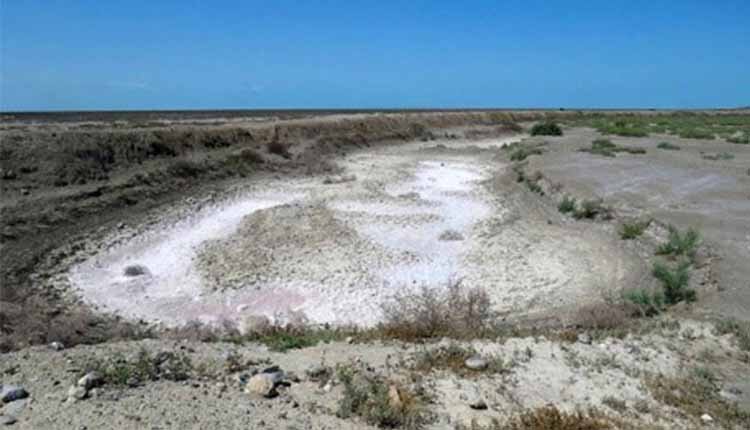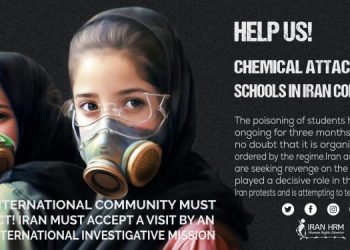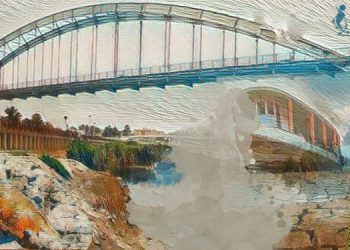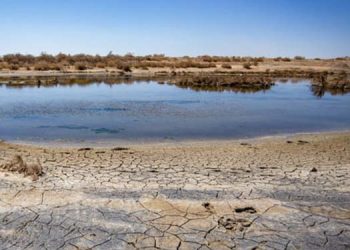Masoud Bagherzadeh Karimi, Director of the Environment Organization’s Wetland Ecosystems, said 90% of the Salahieh and Allahabad wetlands in southern Tehran had dried out. “The drying of these wetlands has become a source of dust for Tehran. This could be a major threat for Tehran and aggravate Tehran’s pollution problem”, he said. “Unfortunately, more than 90 percent of the Salahieh and Allahabad wetlands in the west of Tehran and south of Qazvin are drying due to the drainage systems created by the Ministry of Jahad Agriculture several years ago and these wetlands are one of the main sources of dust in Tehran. (ILNA state-run News Agency – Feb. 3, 2018)
ABOUT US
Iran Human Rights Monitor website is dedicated to support the Iranian people’s struggle for human rights and amplifies their voices on the international stage. Its purpose is to cover executions, arbitrary arrests, torture and amputation, prison’s conditions, women, social, ethnic and religious minorities oppression news in Iran and fill the gaps in information and knowledge caused by lack of access and freedom to Iran. The information provided by Iran Human Rights Monitor are in collaboration with the NCRI (National Council of Resistance of Iran)











